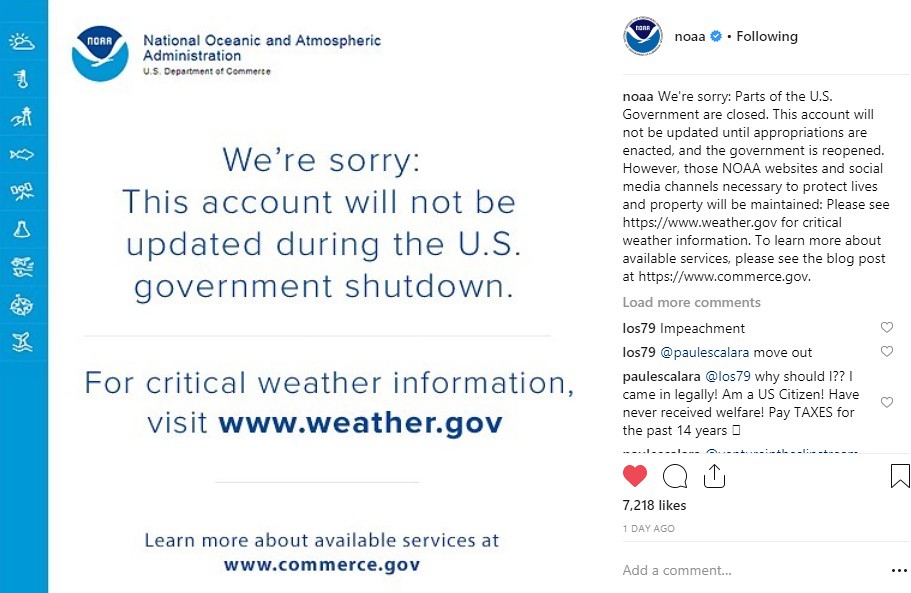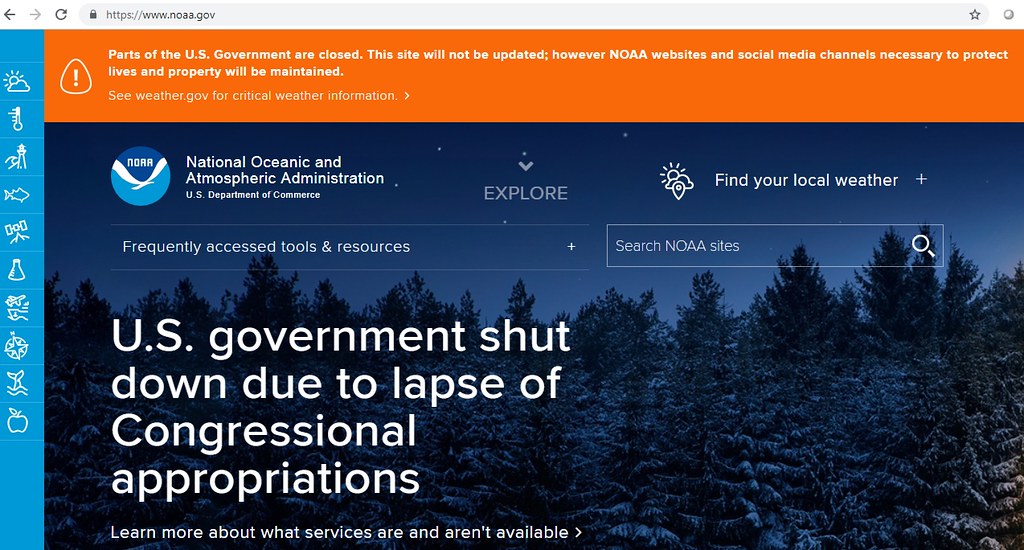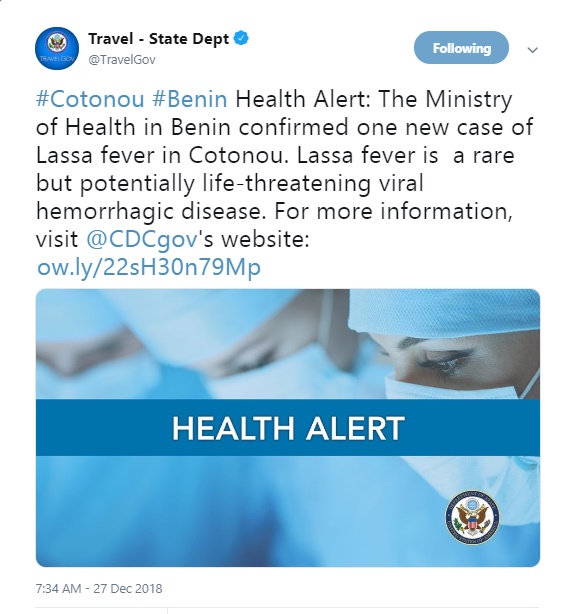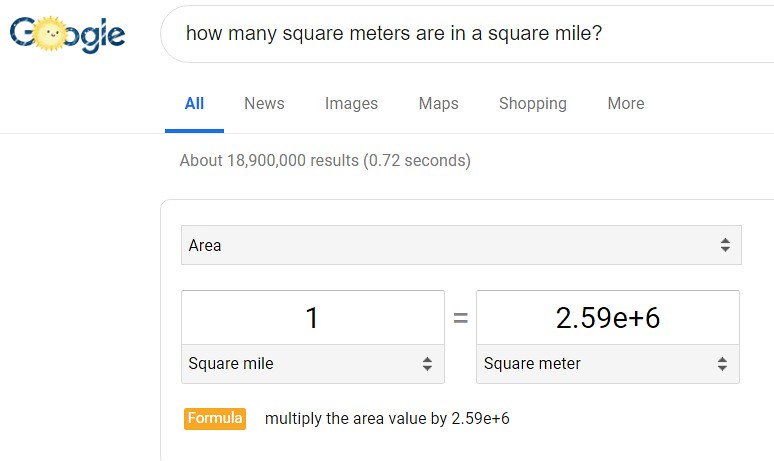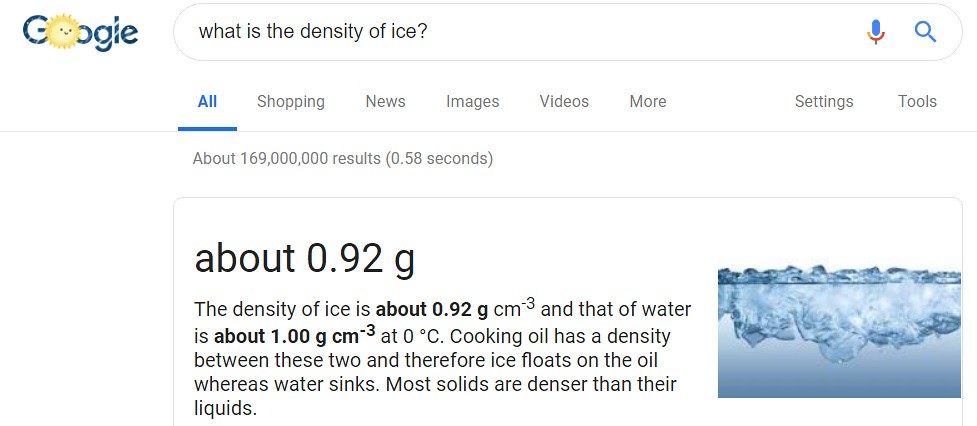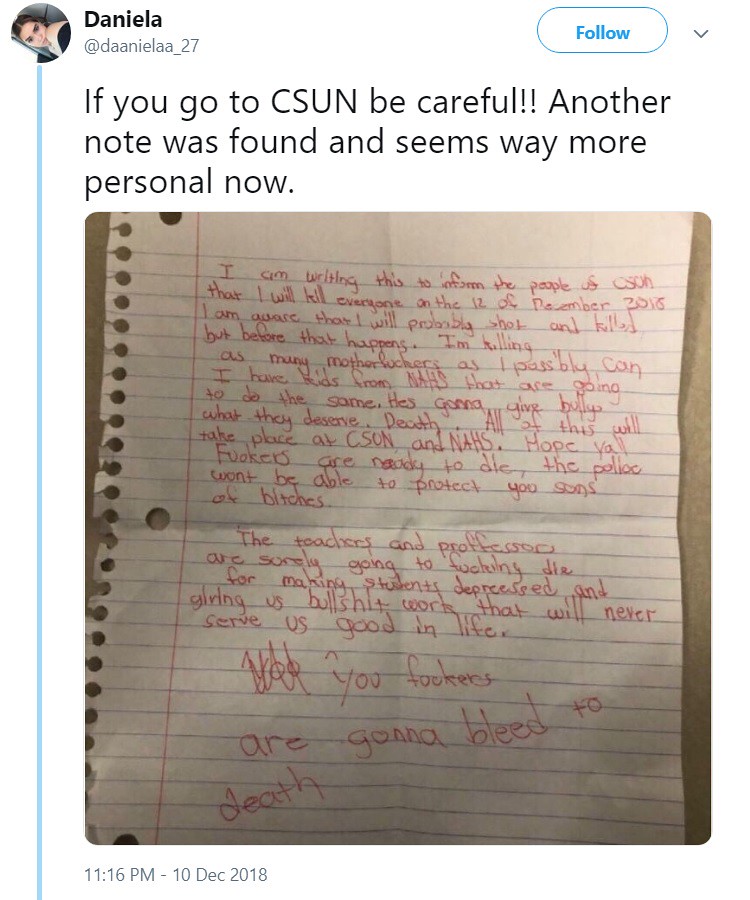Source: Discover Magazine
Would you say that breathing healthy air is important? Further would you be happy to learn that the Environmental Protection Agency is considering 'data' which would result in 'relaxed' standards for the current "Mercury and Air Toxics Standards"? Which translates to emitters being able to pollute the environment in which you breath your air with mercury and other toxic chemicals. Do I have your attention now? Luckily, the attention of Senator Tom Carper was not only received, but he followed up and took action with an inquiry. This action was important since recently (as in last Friday), the EPA released the initial report which will be open to public comment. First, enjoy the background and concern of altering dangerous levels of pollution in the air.
Below is the inquiry (in letter form) in text from the original letter which can be found here. The letter is worth reading for several reasons. The least of which is the historical precedence provided by Senator Carper on the evolution toward enacting the standard called "Mercury and Air Toxics Standard" (or MATS):
Dear Administrator Rao:I write with great concerns about the Environmental Protection Agency's (EPA) proposed reconsideration of the Mercury and Air Toxics Standards (MATS) Supplemental Finding (81 FR 24420, April 25, 2016). Your office received this reconsideration proposal for review on October 4, 2018. According to press reports, EPA intends to propose to reverse its decision that it is "appropriate and necessary" to regulate mercury and toxic air pollution from coal- and oil-fired power plants. These reports indicate that, in arriving at that conclusion, the EPA is attempting to ignore or dismiss many of the MATS rule's public health benefits. If this is the case, this proposal should be rejected. It would contravene Congressional intent and endanger the health of all Americans.Mercury and other air toxics (such as lead, arsenic, benzene, and acid gases) harm the public while airborne, and when they settle on the soil and in the waterways we depend on for the water we drink and fish we eat. These toxic substances, which are emitted by power plants, then build up in our bodies, causing cancer, respiratory illness, mental impairment, and death. Mercury pollution is especially dangerous for unborn children, who can suffer long-lasting neurological damage if exposed during development. According to the American Academy of Pediatrics, there is no safe level of mercury exposure for children--none.After a long delay, in 2012 EPA issued the MATS rule to reduce emissions from power plants, our nation's largest sources of mercury and air toxics. The MATS rule to reduce emissions from power plants, our nation's largest sources of mercury and air toxics. The MATS rule was expected to reduce utility mercury emissions by 90% and other ait toxic emissions by 50%. In the agency's 2011 cost-benefit analysis for the MATS rule, EPA estimated that the quantifiable benefits to public health (including 11,000 fewer deaths each year) of the MATS rule far outweighed the estimated costs of compliance for the utility industry.The substance of the MATS rule survived court challenges, and remains on the books today. However, in the 2015 Michigan vs. EPA, the Supreme Court ruled 5-4 that EPA should have considered costs when deciding whether it was "appropriate and necessary" to regulate hazardous air emissions from power plants. Instead of vacating the MATS rule, the Court allowed the rule to stay in place while EPA addressed the Court's concerns. In Justice Scalia's majority opinion, he wrote: "We need not and do not hold that the law unambiguously required the Agency, when making this preliminary estimate, to conduct a formal cost-benefit analysis in which each advantage and disadvantage is assigned a monetary value. It will be up to the Agency to decide (as always, within the limits of reasonable interpretation) how to account for cost."In April 2016, in response to Michigan vs. EPA, EPA issued the MATS "Supplemental Finding." That finding reconfirms that it is "appropriate and necessary) to regulate hazardous emissions from power plants under Section 112 of the Clean Air Act. EPA reiterated its conclusion after considering "the full range of factors relevant to the appropriate and necessary finding." In coming to this conclusion, EPA reviewed the industry's compliance costs (e.g., revenue, consumer costs, capital expenditures, operation costs, etc.) based on data provided for the Regulatory Impact Analysis (RIA). EPA also reviewed all the health and environmental benefits, including those that "are impossible, to quantify or monetize, but are no less real than any other advantage of regulation."Despite the MATS rule's overwhelming public health benefits, former-administrator Scott Pruitt announced in 2017 that EPA would reconsider the April 2016 MATS Supplemental Finding. OMB's Regulatory Review Dashboard shows that your office is currently reviewing EPA's proposal to recosider those determinations. Based on public comments made by EPA Assistant Administrator Wehrum--both when he was a private citizen representing clients that opposed the MATS rule and supported a reconsideration of the MATS Supplemental Finding, and now in his official capacity at EPA--I believe the agency has decided to make a legal finding that it is no longer appropriate and necessary to regulate power plant air toxic emissions. Further, Mr. Wehrum's comments suggest that EPA is making such a finding based on a limited view of the benefits from the MATS rule. It is my understanding that EPA has determined that it will only consider quantifiable costs and benefits of reducing hazardous air pollutants, not all the actual benefits. If ture, this blatant attempt to undermine the MATS rule would contradict longstanding EPA practice, OMB requirements, Congressional intent, and common sense.EPA should not turn a blind eye to the societal benefits of the MATS rule that cannot easily be reduced to dollars and cents. Economic tools for projecting and estimating costs and benefits are always evolving and they work better in some situations than others. For example, EPA has good health, exposure, and mortality data that can translate to monetized health benefits for criteria air pollutants like ozone and particulate matter. Yet, EPA has struggled for over four decades to precisely monetize the health benefits of controlling air toxics such as mercury. EPA explains that difficulties in monetizing the health benefits of controlling mercury arise because: "the adverse health effects of toxics are often irreversible, not mitigated or eliminated by reduction in ongoing exposure, and involve particularly painful and/or protracted disease. Therefore these effects are not readily studied and quantified in human clinical studies, in contrast to, for example, ambient ozone."Congress, EPA, and OMB have long recognized that if EPA cannot quantify the benefits that does not mean those benefits do not exist. When Congress wrote and passed the 1990 Clean Air Amendments--including Section 112(n)--there were few, if any, quantifiable data available on cancer risks of air toxics and no quantifiable data whatsoever available for non-cancer risks, like birth and neurological defects. Despite the lack of quantifiable benefits, Congress still found it necessary to require EPA to pursue robust regulations to address major sources of air toxics emissions. At the same time, Congress indicated that it was well aware of the limitations of relying exclusively on cost-benefit analyses when assessing air toxics, stating: "[T]he public health consequences of substances which express their toxic potential only after long periods of chronic exposure will not be given sufficient weight in the regulatory process when they must be balanced against present day costs of pollution control and its other economic consequences." Based on this legislative history, it is clear Congress did not intend for EPA to ignore public health benefits that could not be quantified into dollars when determining if it is "appropriate and necessary" to regulate power plant air toxic emissions. Congress also did not intend for EPA to ignore co-benefits that can be monetized.The scientific information critical to determining the monetized value of reducing air toxic pollution is still limited. This has resulted in some of the most important benefits (including reduced incidents of birth defects and cancer) not being able to be quantified in EPA's cost-benefit analyses for air toxic rules. In 2003, then EPA Assistant Administrator for Air and Radiation Jeff Holmstead testified before the House Energy and Commerce Committee on the difficulty of quantifying the benefits of reducing air toxic emissions from power plants, saying: These estimates [for clear skies] do not include the many additional benefits that cannot currently be monetized but are likely to be significant, such as human health benefits from reduced risk of mercury emissions, and ecological benefits from improvements in the health of our forests, lakes, and coastal waters."EPA has tried to bridge the air toxic data gaps through various stakeholder workshops over the years. The latest workshop in 2009 concluded that monetizing all air toxic benefits is still not possible, making a cost-benefit analysis "difficult" to do for any action involving hazardous air pollutants: "[F]of many chemical son the [Clean Air Act hazardous pollutant] list, the information on potential health effects is so limited that quantitative benefits analysis is not feasible...This lack of information is in contrast to the criteria air pollutants for which there is extensive human exposure or epidemiological data on the health effects at ambient-exposure levels...characterizing the health effects of air toxics at ambient levels can be subject to a very high level of uncertainty; thus, using these health effects in economic benefits assessment is difficult."Fortunately, OMB has long recognized the constraints of using cost-benefit analysis when evaluating a rule, especially when it is difficult to quantify benefits. That is why OMB's 2003 Circular A-4 requires EPA and other agencies to conduct a complete regulatory analysis that "includes a discussion of non-quantified as well as quantified benefits and costs. When there are important nonmonetary values at stake, you should also identify them in your analysis so policymakers can compare them with the monetary benefits and costs." In addition, OMB clarifies in Circular A-4 that all ancillary benefits should be counted in any rule analysis, directing agencies to "look beyond the direct benefits and direct costs of your rulemaking and consider any important ancillary benefits and countervailing risks. An ancillary benefit is a favorable impact of the rule that is typically unrelated or secondary to the statutory purpose of the rulemaking." OMB also states that when agency personnel "can estimate the monetary value of some but not all of the ancillary benefits of a regulation, but cannot assign a monetary value to the primary measure of effectiveness, you should subtract the monetary estimate of the ancillary benefits from the gross cost estimate to yield an estimated net cost."For decades, and in multiple Administrations, EPA has followed OMB's direction by providing a robust record of all the quantifiable and qualitative data for ai toxic rules. The Congressional Research Service has found that, since January 1, 200, EPA has issued at least thirty-two Regulatory Impact Analyses (RIAs) for rules that involve regulating air toxics under Section 112(d) of the Clean Air Act, including the MATS rule. None of thes thirty -two RIAs fully quantified the direct benefits of reducing hazardous air pollutants, yet the rues discuss benefits that cannot be quantified as important justifications for reducing the toxic emissions--particularly those regarding critical health benefits. For the MATS rule specifically, EPA concluded "there are some costs and important benefits that EPA could not monetize, such as other mercury reduction benefits and those for the [hazardous air pollutants] other than mercury being reduced by this final rule. Upon considering these limitations and uncertainties, it remains clear that the benefits of the MATS are substantial and far outweigh the costs."
In these thirty-two RIAs, EPA also provided monetized ancillary benefits, sometimes referred to as "co-benefits." The co-benefits included the dollar value of lives saved and other health benefits from the reduction of sulfur dioxide and ozone pollution that occurs along with--and often as a result of--the reduction of ai toxics. EPA found that the quantified ancillary benefits for MATS are significant, up to $90 billion in the benefits per year.
Based on all the health and scientific data, Congressional intent, and historical justification and precedent, it just does not make sense for EPA to change course regarding the consideration of non-quantifiable benefits in its Supplemental Finding for MATS. No judicial or legislative directive requires this willful blindness to the public health consequences of EPA's proposal. This decision is especially peculiar given that MATS is resulting in faster and significantly more cost-effective public health benefits than EPA initially predicted in 2011. On July 10, 2018, every major electrical utility trade organization representing coal-fired and other utilities joined with labor organizations in a letter to EPA that confirmed our power plants have already "reduced mercury emissions by nearly 90 percent over the past decade." These reductions are in large part due to the investments that were made to comply with MATS--investments that turned out to be about one-quarter the costs EPA conservatively predicted. The utilities and labor organizations explained that industry compliance with the MATS rule was easier than first estimated, stating that today "all covered plants have implemented the regulation [MATS] and that pollution controls--were needed--are installed and operating." The letter went on to cite the important of regulatory certainty given all the investments made to meet the MATS rule and asked EPA to "leave the underlying MATS rule in place and effective."
My hope is that OMB will ensure that EPA follows Congressional intent under the Clean Air Act when it comes to determining if it is "appropriate and necessary" to regulate air toxic emissions from power plants. If EPA looks at all the actual benefits and updated costs of this rule instead of persisting in its tortured effort to re-define its own legal authority and responsibility, there is no reasonable conclusion other than that it is appropriate and necessary to regulate these dangerous power plant emissions under Section 112 of the Clean Air Act. I echo the call of health and environmental groups, states and the business community: Keep the entirety of the MATS rule in place.
I thank you for your prompt attention to this matter. If you or your stff have questions about this letter, your staff is encouraged to contact Laura Gillam of my Environmental and Public Works Committee staff at laura_gillan@epw.senate.gov.With best personal regards, I am,Sincerely yours,Tom Carper,Ranking Member
Senator Tom Carper lays out a convincing argument based on history for the continuation of reducing Mercury and other toxic air pollutants rather than relaxing regulations. Of course, the Trump Administration is trying desperately to 'roll back' regulations to save coal power plant operators money at the expense of your health along with others (including mine). Which is terrible.
Just last Friday, the Environmental Protection Agency (EPA) released a report (temporarily, yet to be finalized until after public comment) which runs counter to the suggestions above by Senator Tom Carper. Which is completely disappointing to say the least. In an article from the Associated Press titled "Trump EPA orders rollback of Obama mercury regulations" the "next steps" in the process of finalization are the following:
The proposal Friday from the Environmental Protection Agency challenges the basis for the Obama regulation. It calculates that the crackdown on mercury and other toxins from coal plants produced only a few million dollars a year in measurable health benefits and was not “appropriate and necessary” — a legal benchmark under the country’s landmark Clean Air Act.The proposal, which now goes up for public comment before any final administration approval, would leave the current mercury regulation in place.However, the EPA said it will seek comment during a 60-day public-review period on whether “we would be obligated to rescind” the Obama-era rule if the agency adopts Friday’s finding that the regulation was not appropriate and necessary. Any such change would trigger new rounds in what have already been years of court battles over regulating mercury pollution from coal plants.
The report generated by the EPA is a result of the calculations which state that the health benefits to the public does not outweigh the costs to the coal power plant industry. According to a number of environmental groups these calculations are flawed and can result in polluted air which will have adverse (negative) health affects on the surrounding communities. This result is disappointing as I have already mentioned.
Conclusion....
Upon release of the report by the EPA, the American Academy of Pediatrics has responded with an official statement which can be read by clicking here. Regardless of which side you come down on the argument, the world needs 'cleaner air' -- which is inarguable. As long as the pollution does not end up in the lungs of the coal fired power plants or other law makers, then the right to pollute is fine. When pollution affects everyone equally (negatively), then action will be taken to improve the quality of air around us. Fortunately, leaders like Senator Tom Carper are fighting for our 'right' to have clean, breathable air for years to come. Thank you Senator Carper. Keep fighting the fight.
As soon as the comment period opens, I will post a link for the public to comment. Until then, have a Happy New Year Celebration!
Related Blog Posts:
What does a Government Shutdown look like?
What is the difference between General Anxiety Disorder and Trump Anxiety Disorder?
Congress Gets Involved In Beef Recall
How Effective Are Poultry Corporations At Reducing Salmonella In Their Products?
NIDA Director Nora Volkow: How Health Communicators and Journalists Can Help Replace Stigma with Science
Governor Jerry Brown Leads The U.S. With Ambitious Calls For 100% Renewable By 2045 -- Wow!!!
Thoughts: An example letter of opposition to repealing the 2015 Clean Waters Rule
EPA Estimates Of Methane - GHG - are off by 60%
Chemical Safety Board's Future Uncertain as Hurricane Season Approaches
Update: Congress asks Federal Agencies about Dangerous Chemicals -- PFOA and PFOS
Congress Asks Defense Department and Environmental Protection Agency about Dangerous Chemicals
President Trump Just Allowed Greater Environmental Risk To Children's Health
Thoughts: Senator Bernie Sanders Asks Public To Get Involved In The Public Process At Any Level
Do You Need Clean Air To Breathe? An Introduction To Environmental Justice
French President Macron Organizes Climate Conference With Pledges Of Trillions Of Dollars For Climate Risk Management From World Organizations
Coal Magnate Murray Shames Fossil Fuel Industry For Being "Forward Thinkers" For Energy
Democrats Question EPA Adminstrator Scott Pruitt On Historical Job Cuts At EPA
There Is No Climate Debate -- Scientific Facts Have Settled The Issue?


